According to the World Health Organization, about 90% of the world's population is infected with one type of parasite or another. About 250 species of worms (helminths) alone can live in the human body, but in addition to them there are protozoa (amoeba, lamblia and others), arthropods, insect larvae and many other species. other parasites.
Most often, residents of large cities are infected with banal worms, roundworms and tapeworms, which are dangerous for health and very unpleasant parasites, but only residents of tropical countries and tourists on vacationIn the South, we often encounter truly terrible creatures that parasitize the human body. America, Africa or Australia.
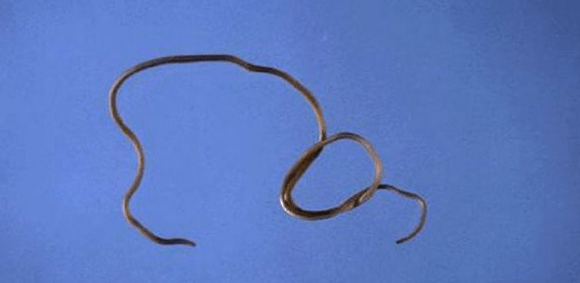
Every day, every person faces a large number of parasites; you can get infected with worms by eating food or drinking water containing parasite eggs or larvae, by close contact with a carrier of the parasite (animal or human), less often, infection occursthrough household items or insect bites.
The most common parasite
- Roundworms– representatives of this type of worm are diagnosed in 100 million people in the world every year. Adult roundworms are roundworms, up to 40 cm long, that can survive in the human intestine for many years, eating their red blood cells and poisoning the human body with waste products. Female roundworms can lay up to 200 thousand eggs per day, which they excrete with feces and infect the soil. Roundworm larvae can move throughout the body, affecting internal organs, blood vessels and even the human brain.
- Pinworm- Small roundworms live in the large intestine. Pinworm infection is common in children; Parasites enter the human body when personal hygiene rules are not observed (not washing hands after going to the toilet, walking and before eating, not changing underwear on time, licking fingers, andearly). These roundworms do not cause severe poisoning like other worms, but can cause the development of diseases such as enteritis, vulvovaginitis, salpingitis, cystitis and others. During the breeding season, adult worms leave the lower part of the large intestine and lay eggs in the perianal folds, causing severe itching in the child, which is the main symptom of worm infection.
- Beef and pig tapewormsis a large tapeworm, with a length of up to 10 m. Despite its impressive size, tapeworms are not considered the largest and longest parasites. The world's longest worm, the broad tapeworm, can grow up to 25 m long. Parasitic infection occurs through eating undercooked meat or through household contact. Tapeworms not only cause poisoning and exhaustion of the host body, but can also cause bile duct obstruction or intestinal obstruction. No less dangerous are worm larvae that penetrate internal organs, the brain and even the eyeballs.
- Giardia- protozoa or single-celled parasites that live in the human small intestine. Protozoa infection can occur from eating food or water contaminated with cysts. Diagnosing Giardia infection is quite difficult because the disease has no specific symptoms. Patients often feel unwell, are often sick or are diagnosed with symptoms of many types of internal diseases.
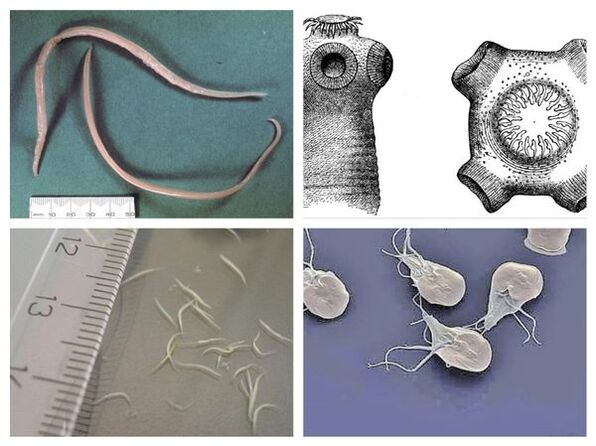
Which parasite is considered the most dangerous?
Representatives of the following species are considered the most terrible and dangerous parasites in the world: heartworm, schistosomiasis, guinea worm, hydatid cyst, toxoplasma, loa loa and some less common parasitesother.
threadworm
Threadworms are round and long worms, about 45 cm long; You can get infected with heartworm larvae through the bite of a blood-sucking insect; Mosquitoes often carry larvae and are less common than other insects. Filariae enter the lymphatic vessels and clog them. Due to infection, a person's lower limbs swell to the point of losing the ability to move independently.
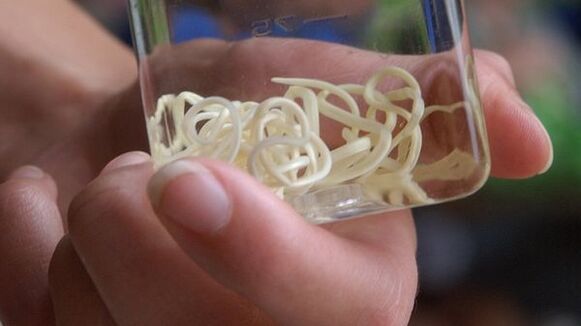
"Elephant disease" is common in countries with hot climates, affecting both locals and tourists, and the latter in a more severe form. The disease is considered especially dangerous due to the difficulties in diagnosis and treatment - the disease becomes noticeable only when it becomes chronic, almost incurable.
schistosomiasis
Schistosomes are a special type of worm that lives in human blood vessels. Small flatworms, up to 2 mm long, enter the human body when swimming or drinking water contaminated with cercariae parasites.

Schistosomiasis is primarily a tropical disease, contracted by swimming in open water. Once in the human body, schistosomiasis can cause serious damage to the liver, bladder or intestines.
Guinea worm
Guinea worm or dracunculosis is another serious parasitic disease that can be contracted from drinking dirty water in tropical countries. Roundworms, when entering the human intestine, literally gnaw it, then penetrate the lymph vessels and subcutaneous fat, where they can grow up to 80 cm long.
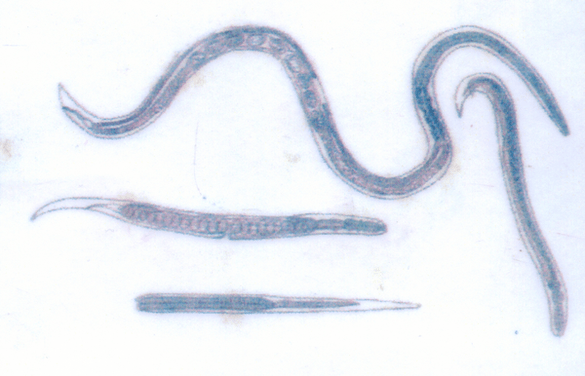
Where the parasite lives, deep abscesses appear, inside one or more large worms can be found. Such parasites can only be cured by surgery.
Speaker Speaker
Loa Loa, also known as "eye worm", is a parasitic roundworm in the fat layer under the skin. A person becomes infected by the bite of a blood-sucking insect, which is an intermediate host for the parasite.

Once in the human body, Loa Loa begins to move throughout the body, including entering the eyeball, brain, or nervous tissue.
Vandellia has a beard
Unlike other parasites, it belongs to freshwater fish and lives in the Amazon rivers. A rather large fish - up to 15 cm long, which, due to its transparency and eel-like shape, is almost invisible in the water and quietly swims to its victim. Vandellia with antennae can swim into the human urethra, attach to the walls of blood vessels and suck blood, literally eating its owner from the inside. You can only remove such parasites with serious surgery.
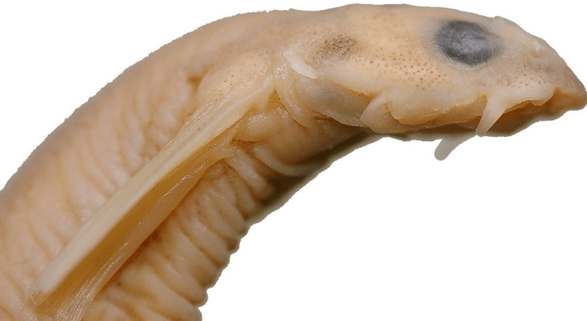
Anyone can become infected with parasites; Hundreds of thousands of dangerous parasites are lurking for each of us: in water, soil, on leaves, on public transport, on seafood, on fresh vegetables and fruits. Therefore, it is important to follow all hygiene rules and teach children the rules of personal hygiene as early as possible.
The penetration of most parasites into the human body occurs completely unnoticed; The first symptoms of the disease appear only weeks or months after infection. Symptoms of parasitic diseases can vary: from mild malaise and headaches to severe deterioration, fever and hemoptysis.
Just constant health monitoring, regular medical examinations and extreme caution when visiting tropical countries will help you avoid infection with the most terrible parasites or at least promptly diagnose the condition. that infection.






































